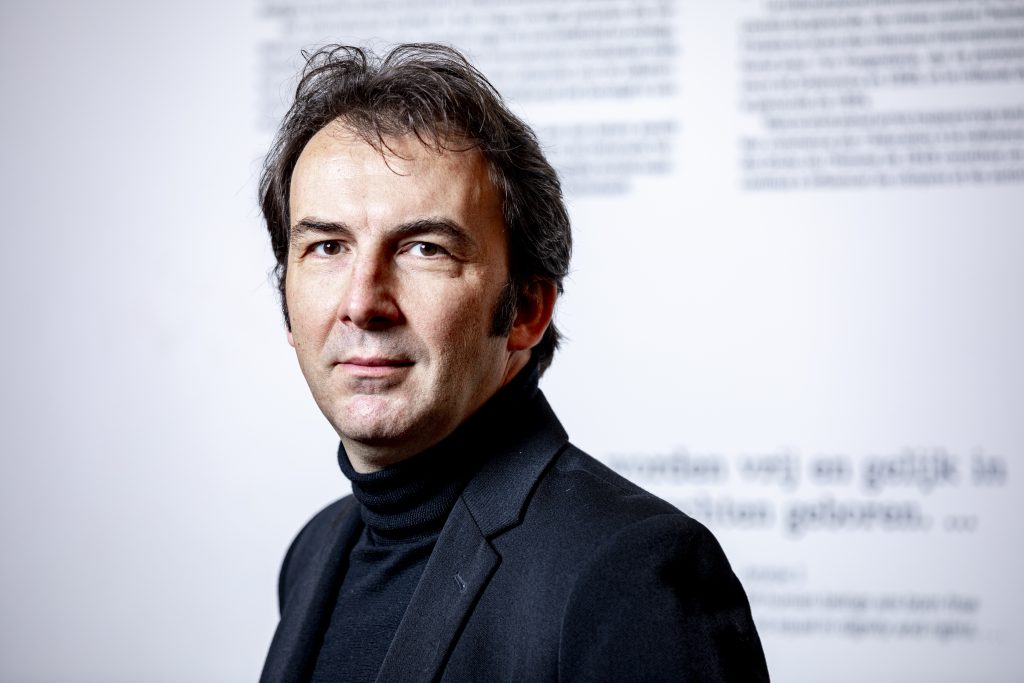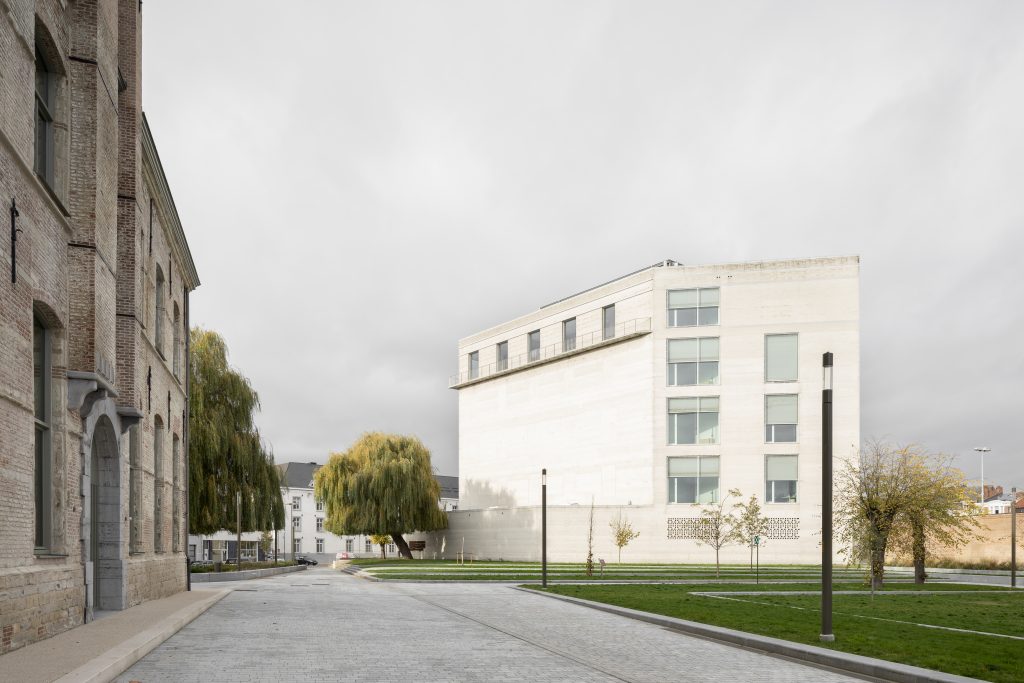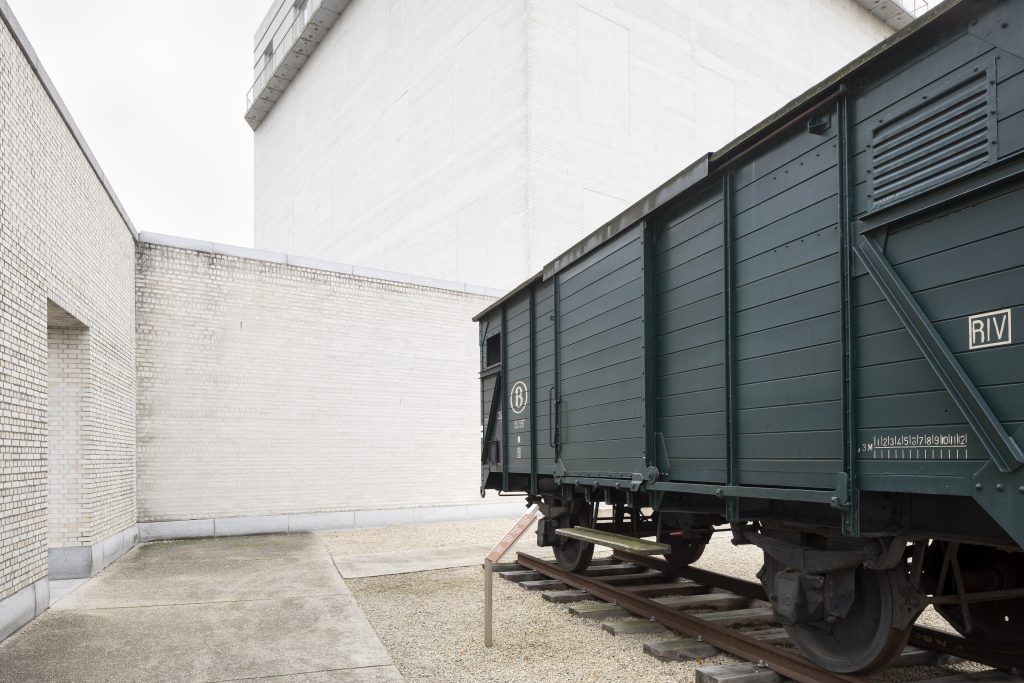The Kazerne Dossin, located in the city of Mechelen, halfway between Antwerp and Brussels, from where Belgian Jews were deported during the war, shares the memory of the Holocaust by presenting permanent and temporary exhibitions in its museum, but also through “Every Name Matters,” a participatory project in which more than 25,000 people read the names of each of the victims. Here’s our interview with Tomas Baum, director of the Kazerne Dossin museum.

Jguideeurope: What are the next events organized at the museum?
Tomas Baum : Until December 2025, the museum is presenting an exhibition entitled “Sport and Sportspeople in KL Auschwitz.” We get a lot of visitors, but generally, after one visit, people don’t come back. So we try to offer them exhibitions on the Holocaust with a variety of themes, including this one. The theme of sport is complex because it was used as a means of oppression, selection, and punishment. In some contexts, it gave a sense of freedom and resilience in very difficult circumstances. Some concentration camp prisoners were selected to “entertain” the troops, sometimes allowing them to survive. This exhibition has already been presented at the Auschwitz Museum. We have enriched it with stories about Belgian athletes who were victims of the Holocaust.

What exhibitions are planned for the future?
In fact, the museum will not be presenting any exhibitions over the next two years, as it will be focusing on modifying the permanent exhibition that has been in place for 15 years. Although it is very comprehensive, we would like to adapt it a little more to a contemporary audience and add recent research, particularly concerning the role of the Belgian railway company in the deportations of Jews, Roma and Sinti during World War II. Discussions are currently underway on the political support of the project. Our role is to share history.

One of the important activities of Kazerne Dossin since its creation has been to identify the names and faces of the victims of the Holocaust. How is this research progressing?
We have all the names of the victims. Every year, during a ceremony held at the end of November, we add the photos found during the year for those names that remained faceless. We have identified 21,000 portraits of the more than 25,000 victims, but we are continuing our research, in collaboration with families. We are currently in contact with a number of organizations to expand the commemorative aspect with other forms of tribute beyond wreath laying and speeches.
Can you tell us about the “Every Name Matters” project?
It is a project that allows people to participate individually in reading the names of Holocaust victims. Each person reads one name. All the names are then compiled and presented at the museum in an audio document. We currently have more than 16,000 people who have participated, and we encourage the public to pay tribute to the remaining victims by coming to read a name. Because every name matters.